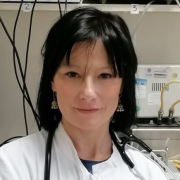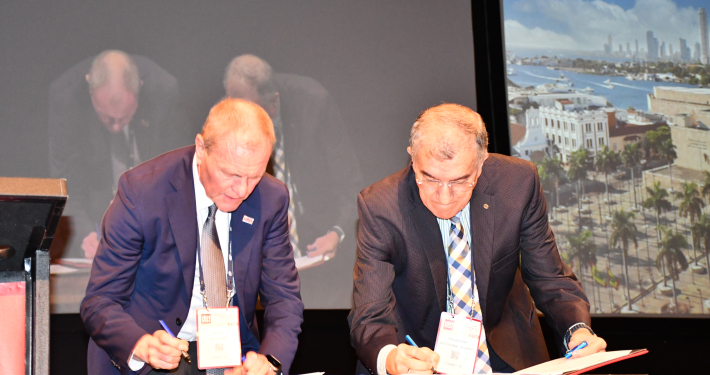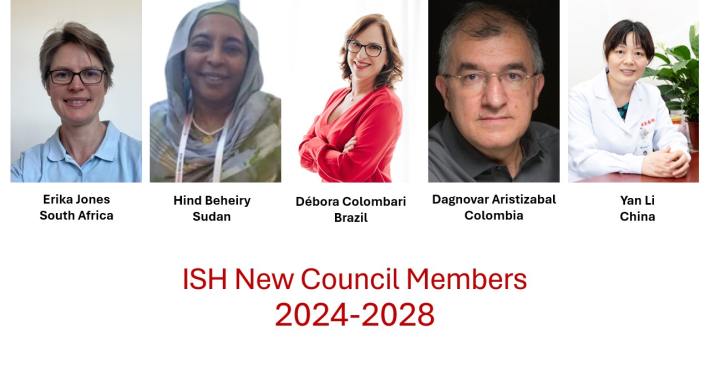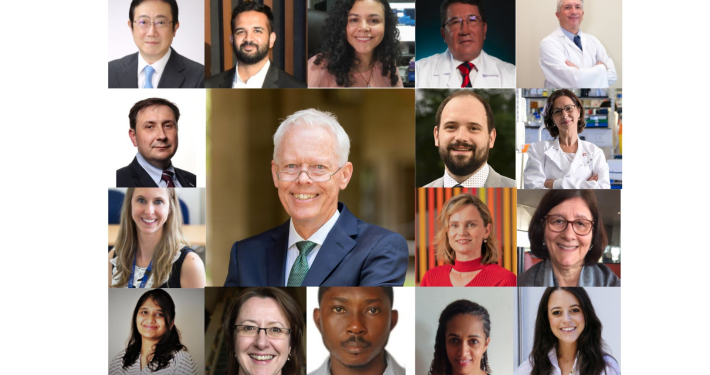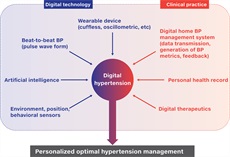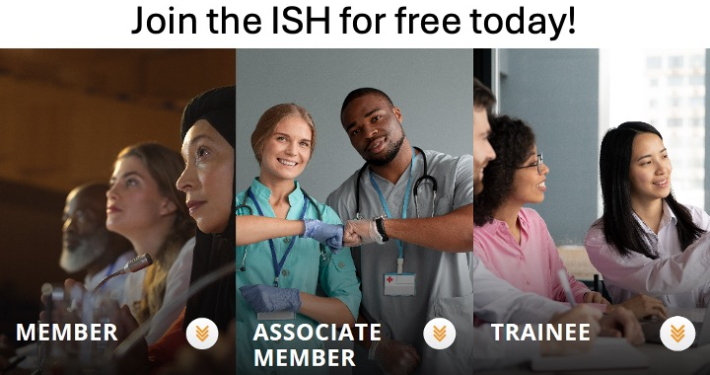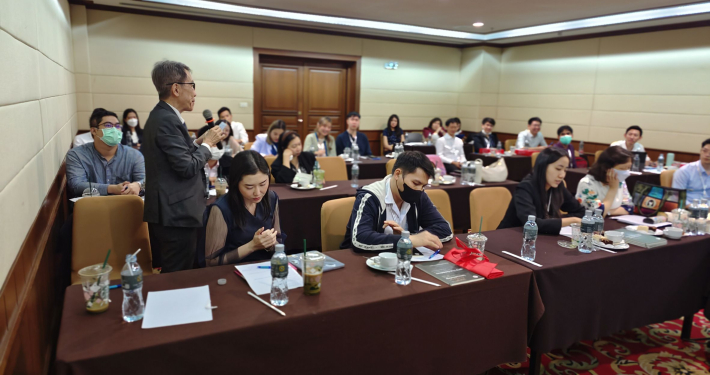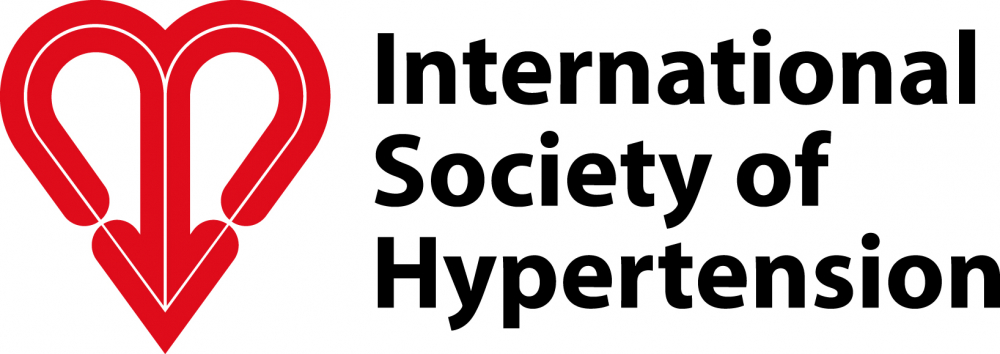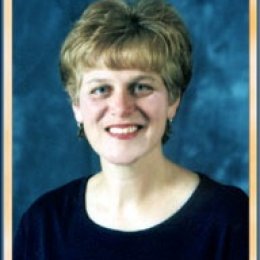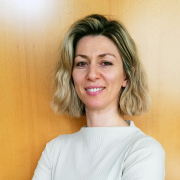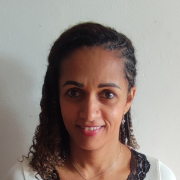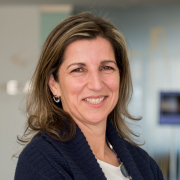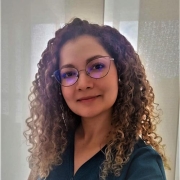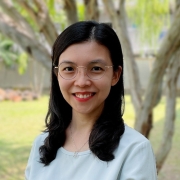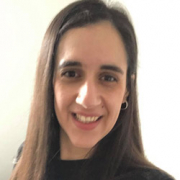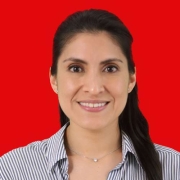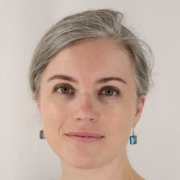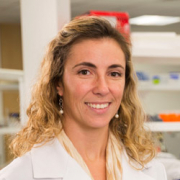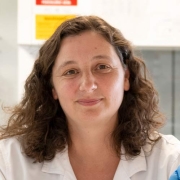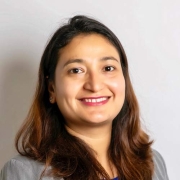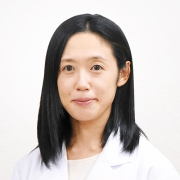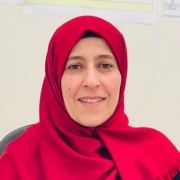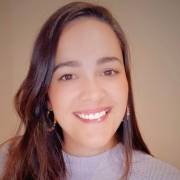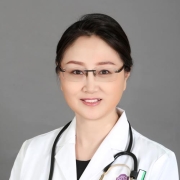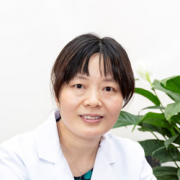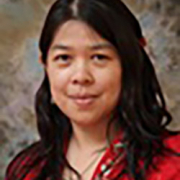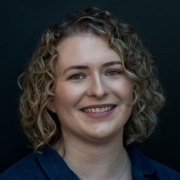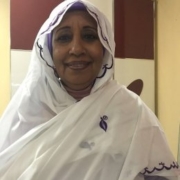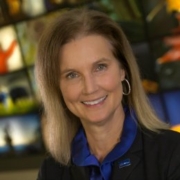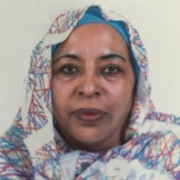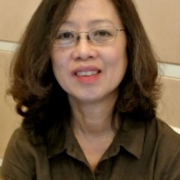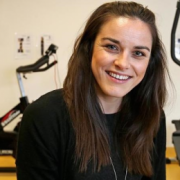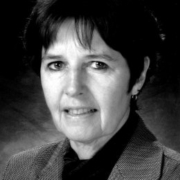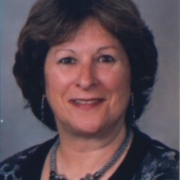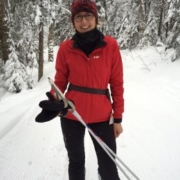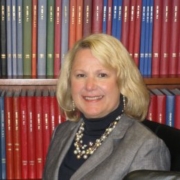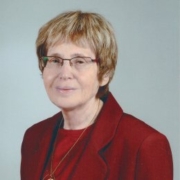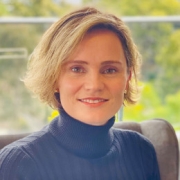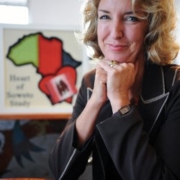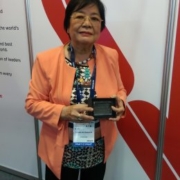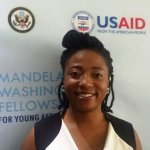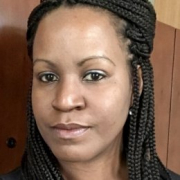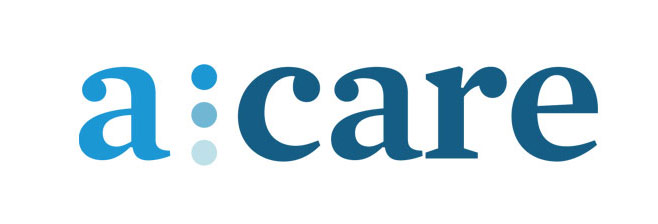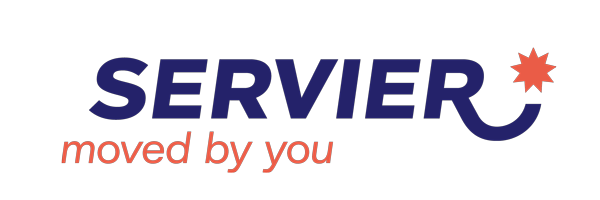What is your role at your work?
I have 50% effort in research, and 50% effort in administration as Vice President for Research (VPR) (oversight of the research infrastructure). In the position of VPR, I manage a $44 million budget to supervise and execute the research infrastructure.
How did you get interested in your career path?
I was a pharmacist, and loved pharmacology. This led me to research, which has always been my primary interest. I have been a faculty member at the University of Kentucky for 27 years, where I have performed cardiovascular research, which to this day gets me up in the morning and brings me to work. Most recently I assumed the role of VPR. While I did not seek out this role, I felt it important for me to assume the position to have a positive and broad impact on research university-wide.
What are you most proud of in your career or otherwise? These are not in order of importance.
- Continuous funding from the NIH for 27 years as principal investigator
- Discovering that adipocytes make angiotensinogen, the precursor to angiotensin II
- Discovering that angiotensin II can induce abdominal aortic aneurysms
- Raising two wonderful children.
What important career challenges have you faced and how did you overcome them?
Academic high level leadership is a man’s world. I am the highest ranking woman in leadership at my university. I am in meetings with high level administration as the only woman every day. My challenge is that I am not one of the boys. Since I don’t have that comraderie with men in leadership, I have to work harder, make strong arguments that can’t be dismantled to stand strong for research.
What advice would you give your younger self?
Work is a job, life is much bigger. Don’t give too much of yourself to work.
Highlight your most significant research contributions and publications (3-5) – if relevant to you.
- Discovery that adipocytes produce angiotensinogen, the precursor to angiotensin II. Cassis et al., 1988.
- Discovery that infusion of angiotensin II to hypercholesterolemic mice augments atherosclerosis and induces abdominal aortic aneurysms (AAAs). Daugherty et al., 2000.
- Discovery that polychlorinated biphenyls promote adipocyte inflammation and type 2 diabetes. Arsenescu et al., 2008.
Have you had any significant career mentors? If yes, please provide further details.
Each of my training mentors were significant. Richard Head was my PhD advisor at West Virginia University. Robert Stitzel also served as an advisor during my PhD. Ulrich Trendelenburg was my postdoctoral advisor in West Germany while performing an Alexander Von Humboldt Fellowship. Michael Peach was my second post-doctoral advisor at the University of Virginia. Aside from Dr. Head, they have all passed away, but their mentorship will stay with me always.
How can we support the next generation of women scientists?
We should mentor women scientists not just in how to cope and deal with being a woman in science, but actually mentor and help women in their science towards publications, grantsmanship, and in how to administer (lab and finances) and lead. I get tired of going to women’s groups where we talk about how to deal with our children. While I recognize and faced this problem, we spend too much energy on this while the men are mentoring towards success.
